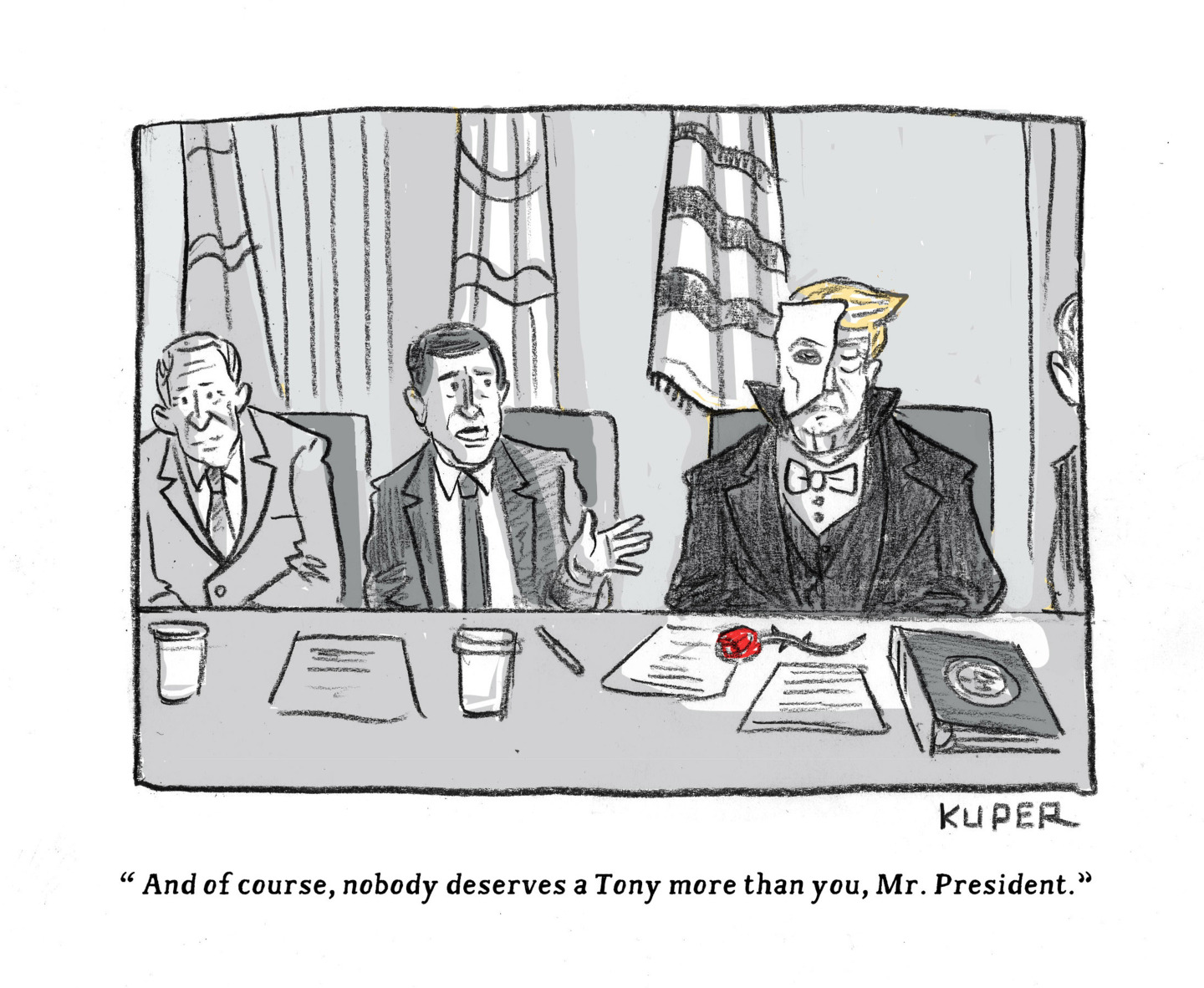Exhibit of the week: Dalí: The Late Work
Dozens of rarely exhibited late Dalí works are on display at the High Museum in Atlanta. Are these works mostly self-indulgent kitsch or did Dalí presage later artists such as Warhol and Koons?
High Museum
Atlanta, through Jan. 9, 2011
To most Americans, Salvador Dalí is synonymous with surrealism, “his melting watches an iconic image of that movement,” said Kate Brumback in the Associated Press. In fact, though, “after about 10 years, his relationship with that group grew strained,” and he went his own way in the late 1930s. Over the next several decades, his film work and relentless self-promotion made him one of the world’s best-known artists. His actual paintings, though, became ever more peculiar, exploring an idiosyncratic vision—influenced by both his Catholic upbringing and the science of the nuclear era—that Dalí termed “nuclear mysticism.” The Madonna of Port-Lligat, for instance, “shows the Madonna and Child fragmented and breaking into particles.” In Assumpta Corpuscularia Lapilazulina, Dalí painted his own wife, Gala, as the Virgin Mary “dematerializing into heaven.”
The Week
Escape your echo chamber. Get the facts behind the news, plus analysis from multiple perspectives.

Sign up for The Week's Free Newsletters
From our morning news briefing to a weekly Good News Newsletter, get the best of The Week delivered directly to your inbox.
From our morning news briefing to a weekly Good News Newsletter, get the best of The Week delivered directly to your inbox.
Dozens of rarely exhibited late Dalí works are on display at the High Museum, providing the chance for “a serious re-examination” of the artist, said Catherine Fox in The Atlanta Journal-Constitution. “Conventional wisdom among the cognoscenti” has long held that Dalí’s late works were mostly self-indulgent kitsch—and, unfortunately, conventional wisdom turns out to be mostly correct. “Perhaps his elaborate philosophizing stifled his expressivity” as a painter. Only in Dalí’s films, photographic collaborations, and proto-pop-art experiments does he seem to develop new ideas. Indeed, “it’s eerie how frequently his work presages” that of later artists, from Roy Lichtenstein to Andy Warhol to Jeff Koons.
The curators’ aim in dusting off all this “god-awful” art is precisely to establish Dalí as a predecessor to Warhol and Koons in the “it’s-so-bad-it’s-good sweepstakes,” said Jed Perl in TheNewRepublic.com. Yet those later pop artists made a point of flaunting their lack of original ideas, while Dalí had ideas in abundance—they just were bad ones. “You cannot deny the authority of these lunatic creations,” which show a real engagement with the era’s atomic research and the painting techniques of the old masters. Far from seeming transcendent, though, his final visions—full of “wastelands and skyscapes” and megalomaniacal Christ imagery—have a dystopian bleakness. “The convergence of artistic and scientific sensibilities suggests a bargain-basement Leonardo da Vinci.” But da Vinci the Renaissance man was thrillingly optimistic, while Dalí the postmodern is calculatedly pessimistic, and the viewer instinctively recoils. “Has any other artist ever squandered so much energy and intelligence on such absurdities?”
A free daily email with the biggest news stories of the day – and the best features from TheWeek.com
-
 5 prize-winning cartoons about Donald Trump's appetite for awards
5 prize-winning cartoons about Donald Trump's appetite for awardsCartoons Artists take on operatic ambitions, peace prize pacifiers, and more
-
 Will Trump’s $12 billion bailout solve the farm crisis?
Will Trump’s $12 billion bailout solve the farm crisis?Today’s Big Question Agriculture sector says it wants trade, not aid
-
 ‘City leaders must recognize its residents as part of its lifeblood’
‘City leaders must recognize its residents as part of its lifeblood’Instant Opinion Opinion, comment and editorials of the day